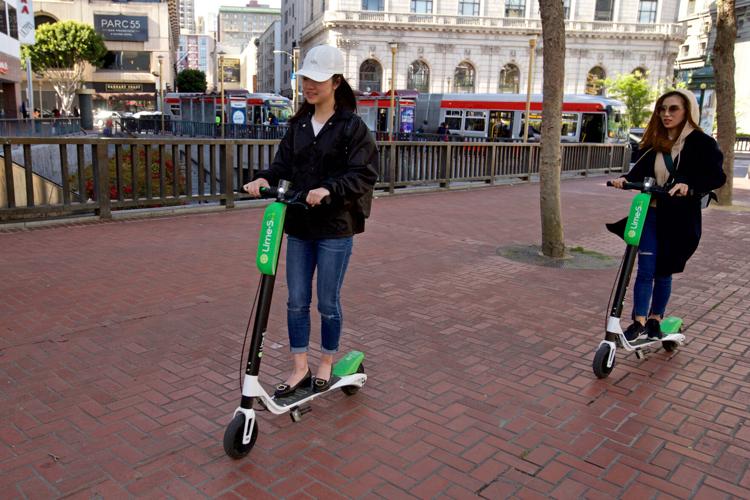Electric scooter share as a business has undergone one of the most rapid evolutions over the last several years, with improvements and optimisation occurring on everything from vehicle hardware and software to fleet management and various uses of artificial intelligence. However, one of the areas of the business that has been slower to evolve in comparison is the insurance for these shared micromobility fleets.
In fact, insurance premiums remain one of the largest burdens on operations’ P&Ls. Now Drover AI is partnering with insurtech startup Connected Insurance to supercharge its data driven and AI-powered Transparent Insurance offering for shared micromobility with the goal of mitigating risk and offering more competitive dynamic pricing.
In 2017, as they entered into the urban transportation eco-system, shared electric scooters were a novelty loved by consumers but also cause for much consternation among other stakeholders. On one side were new companies backed by truckloads of VC money accustomed to ‘disrupting’ industries and on the other side were self-insured cities averse to said disruption and responsible for governing the public right of way and managing risk.
Unsurprisingly, not many insurance companies were lining up to underwrite policies for operators of free-floating scooter share. In fact, only one – Apollo of Lloyds – was even willing to jump in, effectively creating a type of monopoly as a result of their willingness to explore this new industry.
Risk averse cities demanded very high coverage and indemnification and, without any historical data, accurate understanding of rider behaviours or competition, Apollo had very little incentive to write affordable policies. The industry is now five years old and some things have changed – there are more insurers in the space, riders and cities are used to scooters, and some data exists to inform pricing. There is still much room for improvement.
While Connected Insurance is currently leveraging hundreds of data points from deployed fleets to predict risk and inform better policies, they are continuously in search of quality indicators to improve their prediction models, as many assumptions remain when attempting to understand vehicle/rider behaviour.
The GPS technology used to track vehicles is not accurate enough to provide precise insights into the high-risk behaviours that cities and insurers alike wish to reduce – sidewalk riding and improper parking. That’s where Drover’s PathPilot technology comes in – using computer vision to unlock the ability to understand exactly where vehicles are being ridden and parked. As touched on in a previous article, several opportunities present themselves:
- With a more granular understanding of what infrastructure (sidewalk, street or bike lane) is actually being used during rides, operators and insurers can empirically track and visualise rider behaviour to inform fairer pricing of actual vs perceived risk.
- Just like discounts are provided to car drivers and automotive fleets for implementation of safety technologies, PathPilot can be used to disable (or slow down) scooters when they are ridden on sidewalks which drastically mitigates the highest risk behaviour and can inform discounted pricing for Drover equipped fleets.
- Fraudulent claims are a persistent nuisance for insurers. PathPilot’s camera will serve as a dash cam to detect incidents and store relevant image data that can be used by insurance companies to verify or deny claims and reduce fraud.
- Some operators and insurers are trialling rider coverage options that can be selected for individual rides. In this instance, PathPilot data can be used by operators and insurers to compile rider profiles that take into account specific historical risk factors for each customer.
Insurers have always relied on data as the backbone of risk assessment and underwriting. With the continued adoption of machine learning to process this data for insights, the industry is getting smarter. However, the insights can only be as good as the data from which they are derived.
Drover and Connected Insurance are currently working with operator partners to monitor and collect the granular data provided by PathPilots in the field and looking at opportunities to reduce their insurance premiums and improve their bottom line. The combination of Drover’s edge-based AI-powered computer vision and Connected Insurance’s AI-powered data analytics will produce the type of dynamic insurance products the rapidly evolving shared micromobility industry needs.




